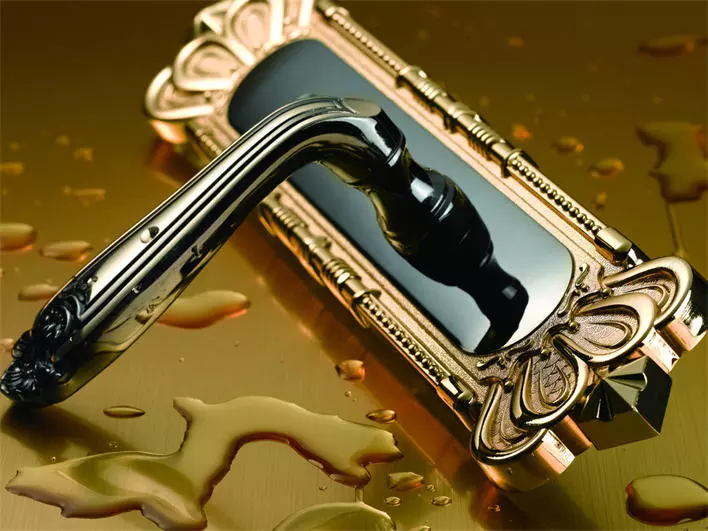This technical article tells us these following three essential points when choosing locks: operative standard, materials and surface treatment.
1. Operative Standard
China has very strict standards towards hardware locks, so the quality of imported products is relatively high. We can judge the quality of locks by ourselves. In general, the quality of heavy locks is relatively high; there should be no sharp on the lock body, which may hurt people, especially the end of lock handle, lock body, and lock tongue; locks with good spring can be flexibly opened with high sensitivity and the service life is longer. Locks have a variety of styles, and it is important to note that it is consistent with indoor door style.
2. Materials
The lock materials on the market are basically divided into stainless steel, copper and zinc alloy. Stainless steel has the feature of high strength, corrosion resistance, and invariant color, which is the best building materials; copper is commonly used, which has superior mechanical performance, and high price; zinc alloy has strong wear resistance and corrosion resistance, which is easy to shape and generally applied to mid-range lock.
3. Surface Treatment
Surface treatment is roughly classified into three kinds: electroplating, spraying and painting. Through surface treatment, a layer of dense protective film can be formed on the surface of the product, which has the effect of anti-corrosion and rust and make the lock more beautiful and durable. Dense protective film is also a measure of locks quality. Good quality locks usually adopt electroplating processing, which is exquisite, smooth, moderate, and bright in color, without bubble or signs of rust and oxidation.
1. Operative Standard
China has very strict standards towards hardware locks, so the quality of imported products is relatively high. We can judge the quality of locks by ourselves. In general, the quality of heavy locks is relatively high; there should be no sharp on the lock body, which may hurt people, especially the end of lock handle, lock body, and lock tongue; locks with good spring can be flexibly opened with high sensitivity and the service life is longer. Locks have a variety of styles, and it is important to note that it is consistent with indoor door style.
2. Materials
The lock materials on the market are basically divided into stainless steel, copper and zinc alloy. Stainless steel has the feature of high strength, corrosion resistance, and invariant color, which is the best building materials; copper is commonly used, which has superior mechanical performance, and high price; zinc alloy has strong wear resistance and corrosion resistance, which is easy to shape and generally applied to mid-range lock.
3. Surface Treatment
Surface treatment is roughly classified into three kinds: electroplating, spraying and painting. Through surface treatment, a layer of dense protective film can be formed on the surface of the product, which has the effect of anti-corrosion and rust and make the lock more beautiful and durable. Dense protective film is also a measure of locks quality. Good quality locks usually adopt electroplating processing, which is exquisite, smooth, moderate, and bright in color, without bubble or signs of rust and oxidation.


 Español
Español 中文
中文